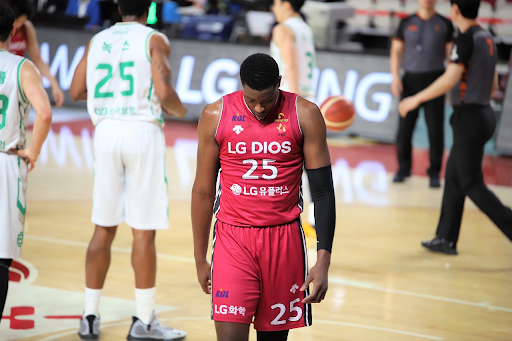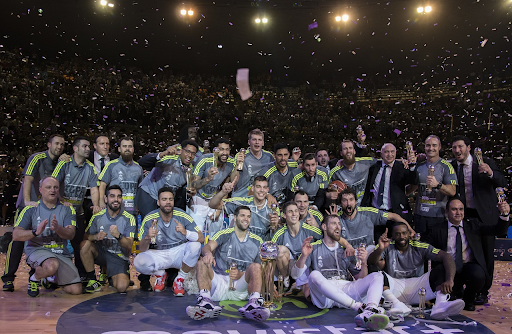The Best Defensive Strategies in Modern Basketball – Tactical Deep Dive
Defence in the NBA used to be more about grit. Now it is about angle, spacing, and even critical decision-making. The best teams in the league complete their highlights with games that are won with precision defensive work. It's remarkable how deep into the highlights they go, not just contesting shots, but taking away options. Here is an example of what it looks like up close.
The Rise of Switch-Heavy Defensive Systems
Once considered a last resort, teams with switch-everything defensive schemes have embraced it because it helps their balance. The Celtics, Warriors, and Raptors all rely heavily on it. The concept is similar to how
Melbet users look for flexible betting angles—switching opens options, closes gaps, and keeps everyone engaged. The idea is to eliminate the pick-and-roll and provide access to mismatches. If you have five lateral-thinking point guards on defence, you are covered.
Switching is both physical and mental. It is not easy and requires a lot of communication and the ability to read both the ball and space. It provides an effortless flow that turns hectic possessions into panicked chaos. Likewise, it also drags clever offenses into bad decisions, forcing those who isolate, breaking rhythm and forcing even the sharpest docs into chaotic choices.

Zone Defence as a Disruption Tool
Even zones are no longer static—they're ever-changing puzzles for offenses to solve. When used strategically, zones can stagnate ball movement and narrow lanes.
These are the best variations of zones of defence:
• 2-3 Zone defends the paint while giving up the three-point shot. Great against top-heavy teams.
Matchup Zone — Includes the basic man-to-man structure and retains some positional adjustments. Great for trapping the winger.
• 1-3-1 Zone: This zone targets specific areas to disrupt the attack flow and speed up the defender's decision-making. It is excellent at creating turnovers.
• This is the zone that mixes man and zone the most. It is often used to defend set plays after inbounds and after timeouts.
Mid-game tactics, which teams like Miami and Toronto used to break up the tempo and keep offences unbalanced, rely heavily on these strategies.
Situational Defensive Strategies in Key Moments
Teams can't afford to rely on standard defensive strategies when the game is on the line. Now, as they describe it, it is “calculative,” “reactive,” and, at times, “chaotic. This is when coaches' bets and players' instincts drive decisions. In the final seconds of a game, two basic strategies emerge.
 Late-Game Trapping and Double-Teams
Late-Game Trapping and Double-Teams
There is a fine line between pressure and panic. The best defensive teams exploit that line with rigorous traps. Think about how the Warriors double down on Luka Doncic or the Bucks double down on Tatum. They're not stopping at stern doubles but delivering timed blows to knock a superstar out of rhythm.
It becomes a case of high risk, high reward. A shooter is left unmarked in the corner if a perfect rotation is too slow. The chaos is precise. The goal is to get the ball out of the closer's hands and risk going for the second option under pressure.
Drop Coverage with Strong Rim Protection
Not every team thrives in chaos. Some prefer structure—slow the tempo, protect the paint, and give up space in the middle. That’s the core of drop coverage. Watch Brook Lopez: he doesn’t chase shooters. He absorbs contact and contests late, using length instead of speed.
This system only works with smart guards who fight over screens and a big man who times his drop perfectly. You won’t outrun Ja Morant or De’Aaron Fox, but you can force them into tough floaters. In clutch moments, a well-executed drop is more effective than a highlight play. Sometimes, staying patient beats racing to recover.
Communication and Rotational Discipline
Offence isn’t beaten by big blocks—it’s broken by voices. Great defences talk non-stop: calling help, switches, backdoor cuts. In 2023, the Celtics struggled not with effort, but with miscommunication. Too many voices, not enough clarity. One mistimed call can tear apart even a smart defensive setup.
Communication limits breakdowns. Confusion causes losses. A late rotation or missed assignment can unravel the entire scheme. Coaches drill this daily—film, walkthroughs, reps. It’s not just about knowing your role, but syncing it with four others. On elite teams, defence is more like a conversation than a set play. Everyone has to speak the same language.
Data-Driven Defensive Adjustments
Today's most sophisticated defences are created from film and perfected by data. Teams now adjust their strategies on the fly, in real time. Analytics provide insight into who's the most effective shooter under pressure, and even which pick-and-roll duos are breaking up late. Today, metrics such as help contest rate and defensive shot quality are tracked in real time. As predictive as it is reactive, defence now has the same foresight as hindsight.

